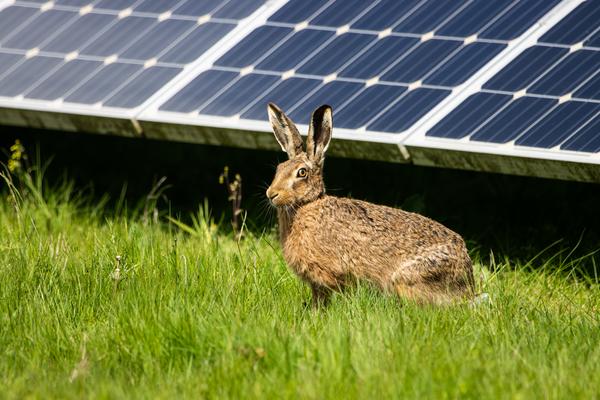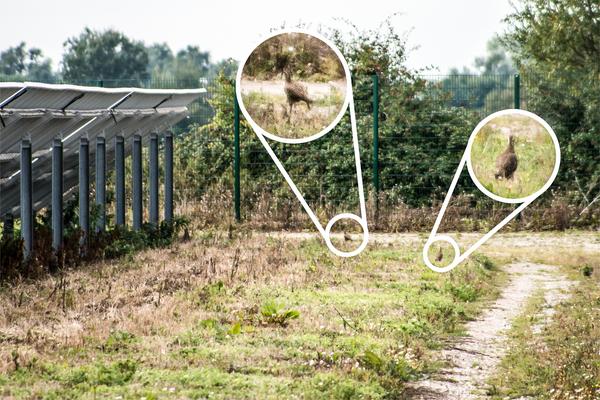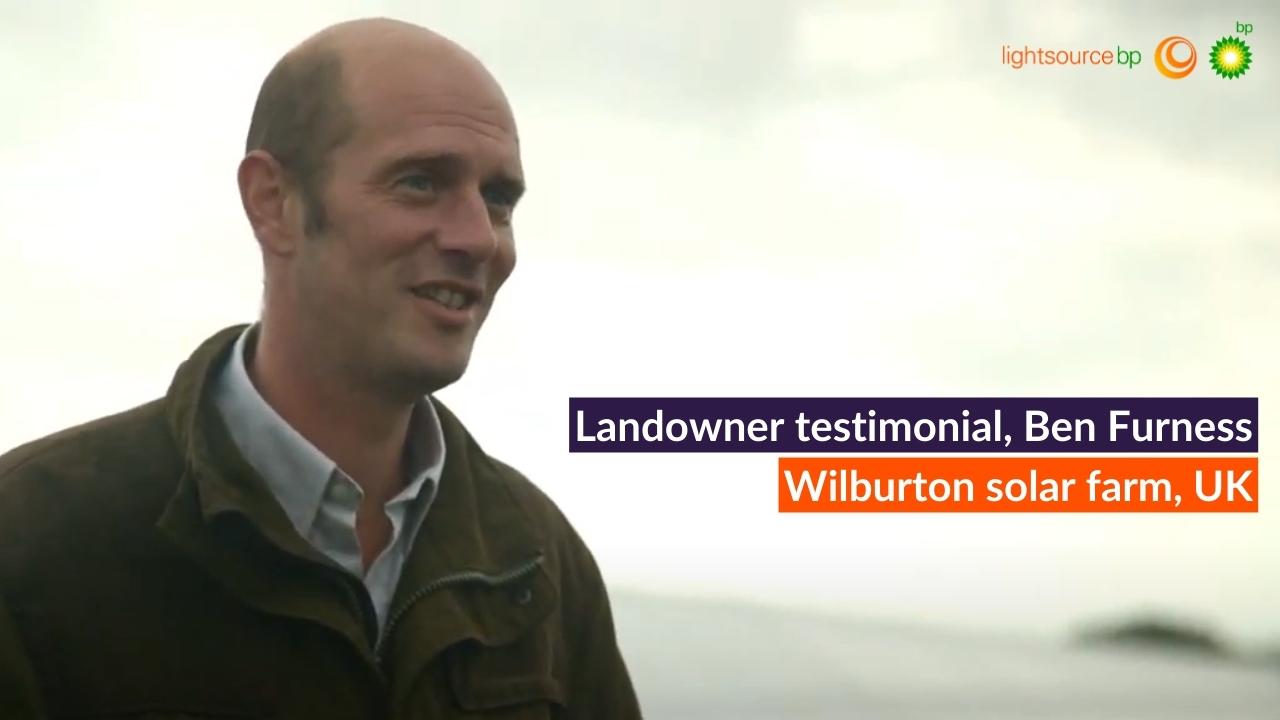Wilburton Solar
5MWp
installed capacity
1,400
households powered (equivalent)
2,680
tonnes of carbon emissions saved yearly
596
cars off the road (equivalent)
Site selection
Preliminary assessment and site design
Planning application
Discharge of planning conditions
Construction
Operation
Ownership transferred
Wilburton Solar Farm is nestled beyond thick hedgerows at Mingay Farm, close to the rural village of Wilburton in Cambridgeshire. It sits amongst 110 acres of grassland and wild flowers and is also home to 350,000 pollen-hungry bees, with 10 hives positioned in the field margins.
The solar farm at Wilburton was built in 2011 and since then the site has seen a dramatic increase in wildlife population. This includes wild hare, butterflies, dragonflies, numerous bird species, repopulated badger setts and most importantly, an insurgence of the Grey Partridge which is currently a Red List species due to a dramatic decline in recent years.
The Wilburton solar project provides benefits beyond just generating renewable electricity, from enhancing biodiversity to land for farming and more:
- Bird and bat boxes are installed in the surrounding trees to encourage nesting and roosting.
- Wide field margins and gaps between the rows of panels mean that the majority of the solar farm’s grasslands remain completely open and uncovered.
- Log piles in the field margins encourage insects communities and provide shelter and hunting grounds for small mammals, reptiles and amphibians.
- Areas of wild flowers are sown in the wide field margins between the fence and the hedgerows to enhance habitats for birds, bees and other invertebrates.
Species protected at Wilburton

Brown Hare
According to the Hare Preservation Trust, the population of the Brown Hare in the UK has declined by more than 80% over the last 100 years, and in some areas may even be locally extinct. But at Wilburton Solar Farm, the Brown Hare is thriving. Before the installation of the solar farm, the local gamekeeper had only observed three or four Brown Hares on site, but since the solar farm has been established, he has regularly seen more than 50.

Small Tortoiseshell Butterfly
Banks of wildflowers behind each row of panels harbour an abundance of insect activity, including several species of butterfly. The Small Tortoiseshell is one of the most widely recognised butterflies in Britain. Sadly though, it is experiencing a worrying decline. One theory is that it is being targeted by the parasitic fly, known as Sturmia Bella, which is increasingly migrating from the continent due to the effects of global warming. Wilburton Solar Farm provides valuable habitats for these surviving British icons, whilst helping to address the issue of climate change first hand.

English Partridge
The English Partridge has become extremely rare in the UK. Before the solar farm was installed, the local gamekeeper observed between three and five breeding pairs on the farm, and there are now regularly over 20 breeding pairs on the same land – an exciting and substantial increase. The solar farm not only has the ideal habitat with plenty of shelter and insects for the birds to eat, it’s also fenced off, protecting the birds from people and dogs, while the panels provide shelter from the weather and birds of prey
Hear from the landowner


